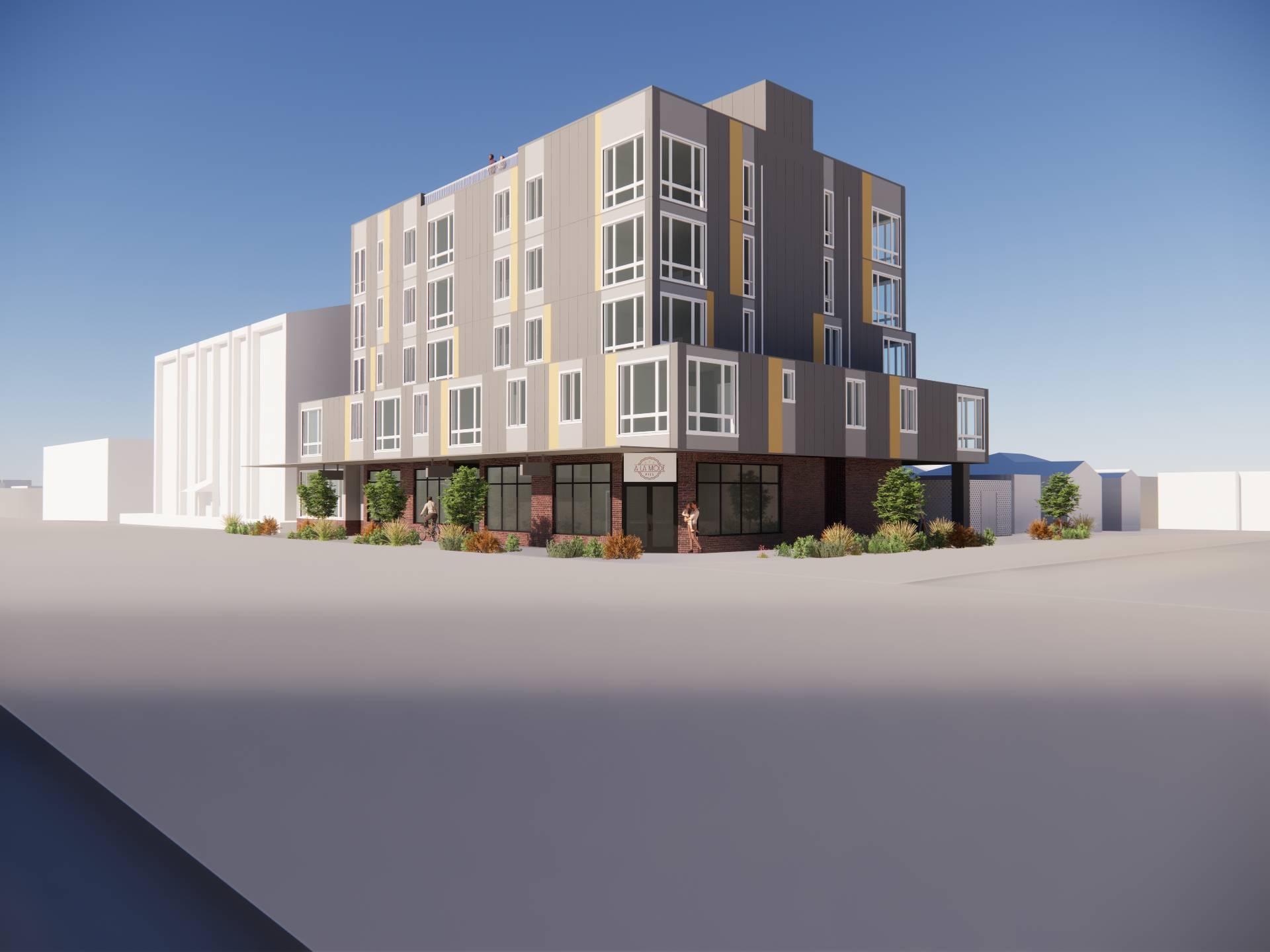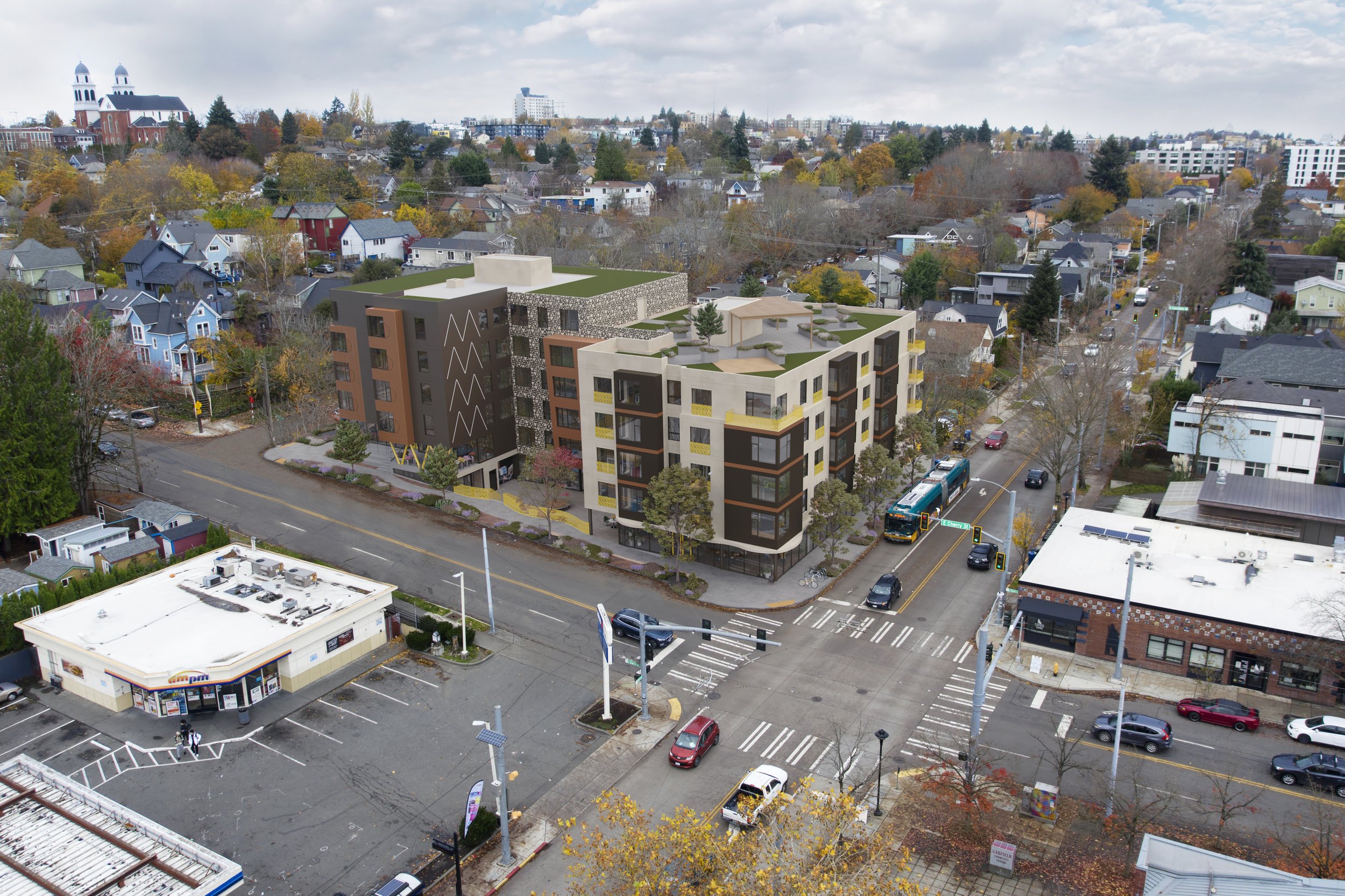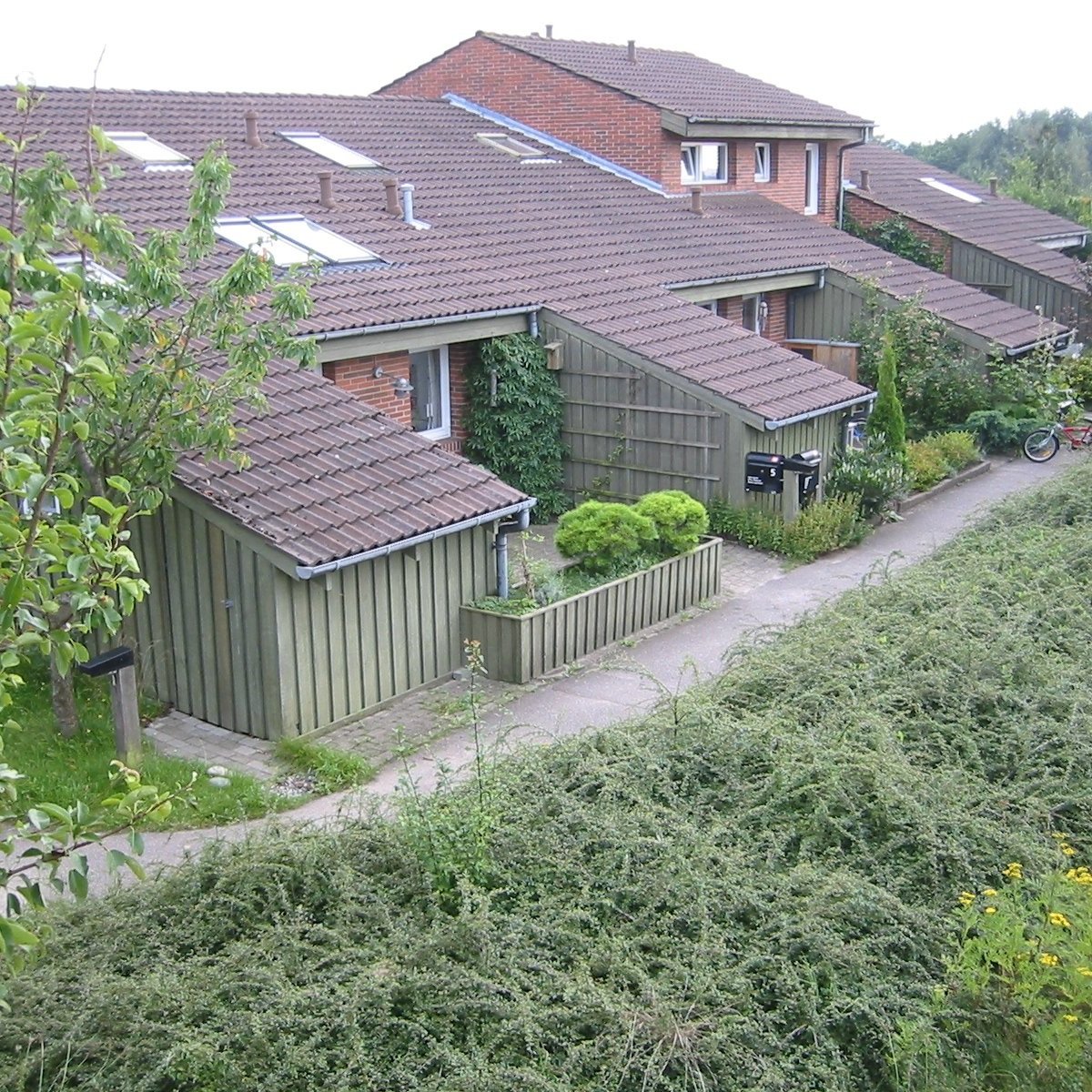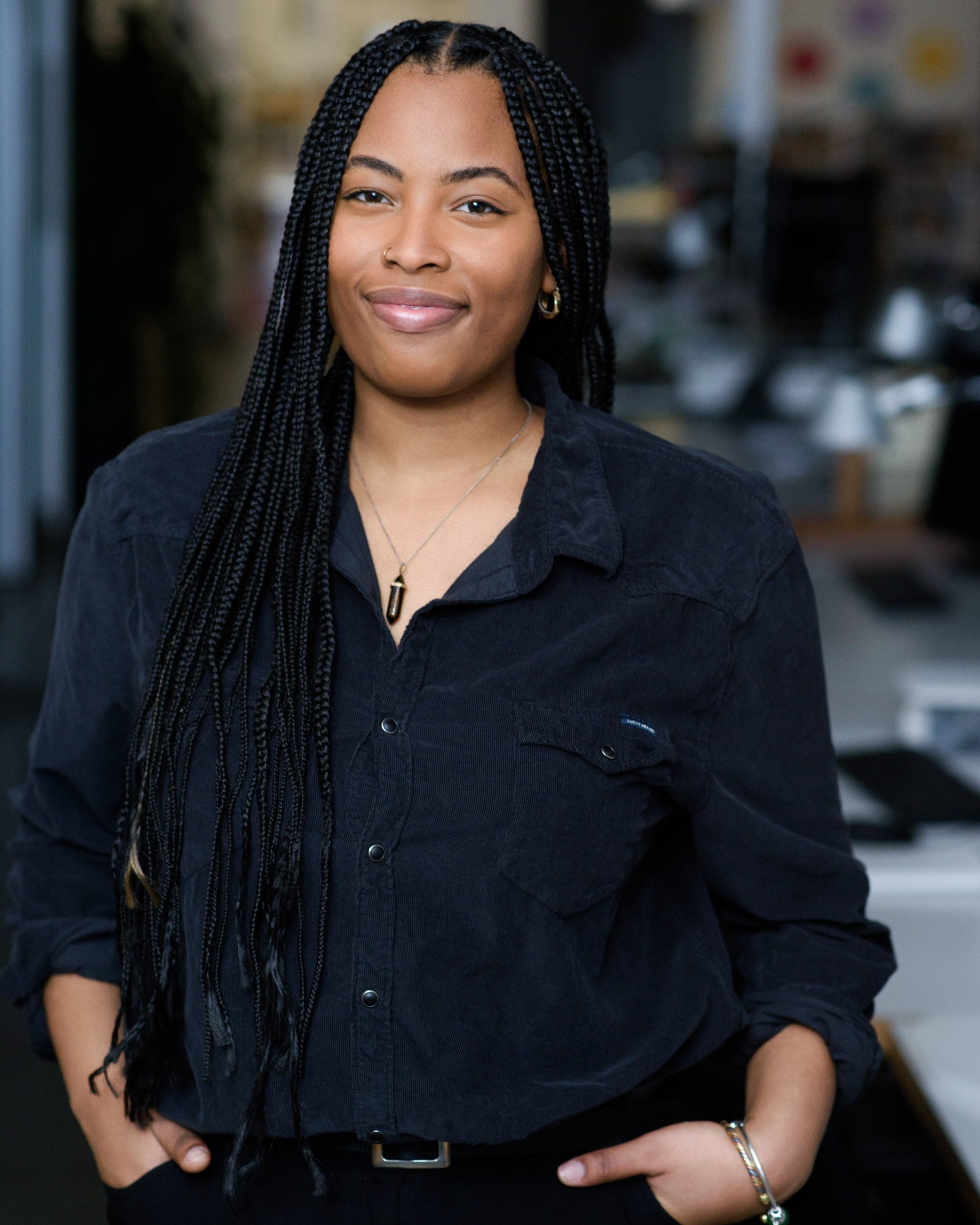Recently, we featured a few members of our staff were accredited for SEED (Social Economic Environmental Design) is a network of design professionals interested in community-based design practice. This network provides guidelines for pursuing a design process informed by inclusivity and participation, which can lead to SEED Certification.
Recently, four Schemata staff members (below) received their SEED certification, joining Joann Ware, who has been SEED-certified for some time.
SEED Projects
Two of our current sites, PAHO and Acer House, are also currently in the process of being SEED certified Click the below for project updates.
What is SEED?
Social Economic Environmental Design or SEED is a credential sought after by those in the architecture and design industry that are interested in developing community based design principles. Unlike other certification programs such as LEED, Built Green, Passion House; SEED focuses on building a design process that achieves their mission To advance the right of every person to live in a socially, economically, and environmentally healthy community.
5 SEED Principles
Advocate with those who have a limited voice in public life
Build structures for inclusion that engage stakeholders and allow communities to make decisions
Promote social equality through discourse that reflects a range of values and identities
Generate ideas that grow from place and build local capacity
Design to help conserve resources and minimize waste
Application Process
To apply for SEED certification, visit the SEED Homepage and select “Start SEED Evaluation Application”


































